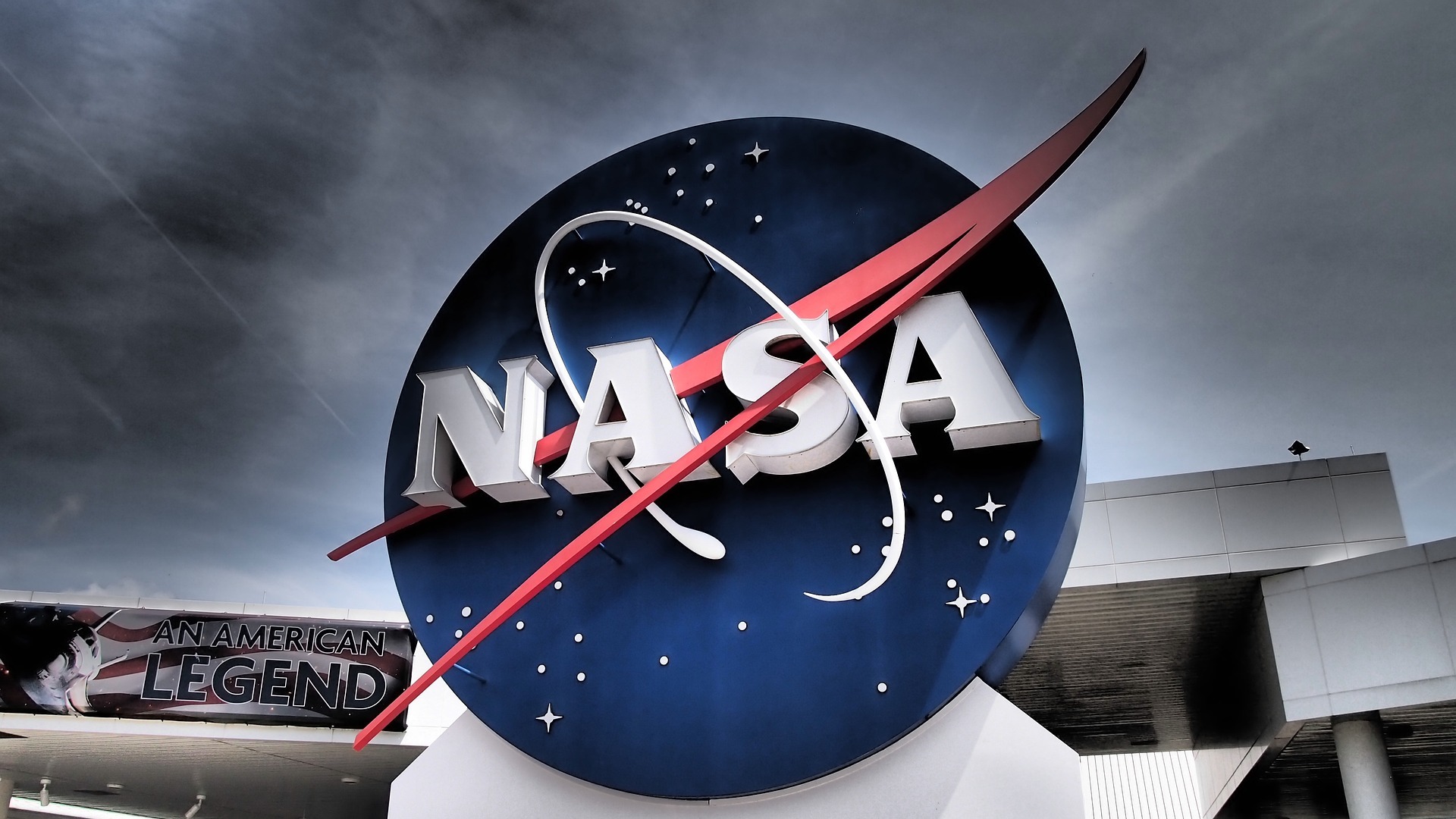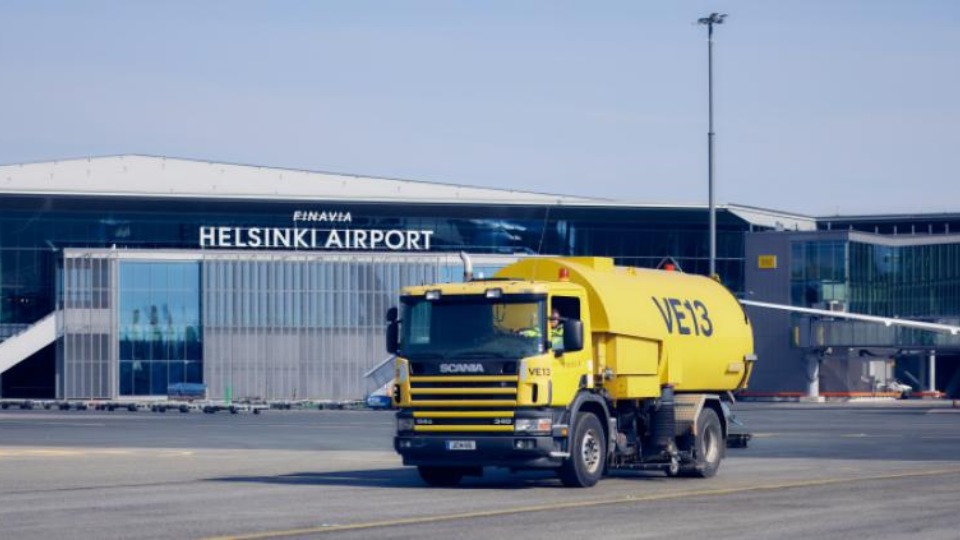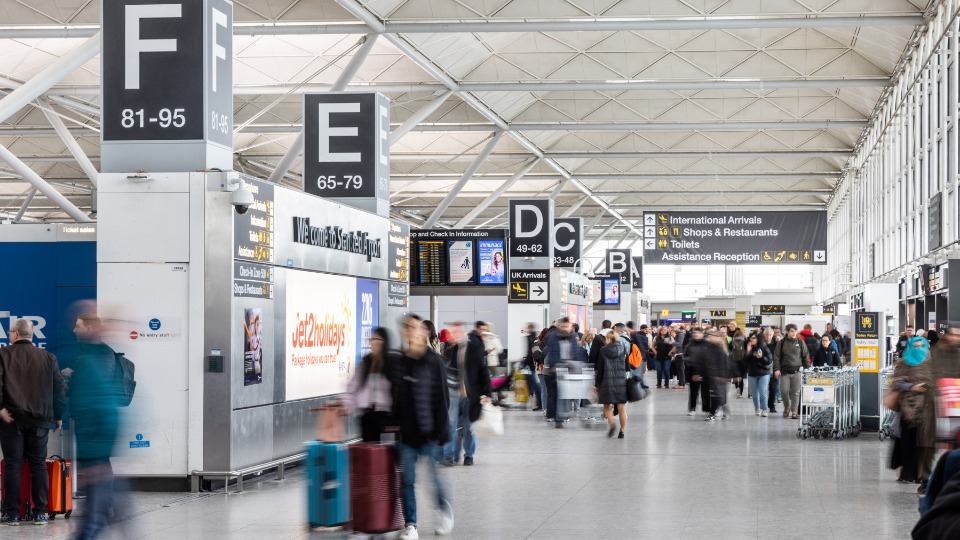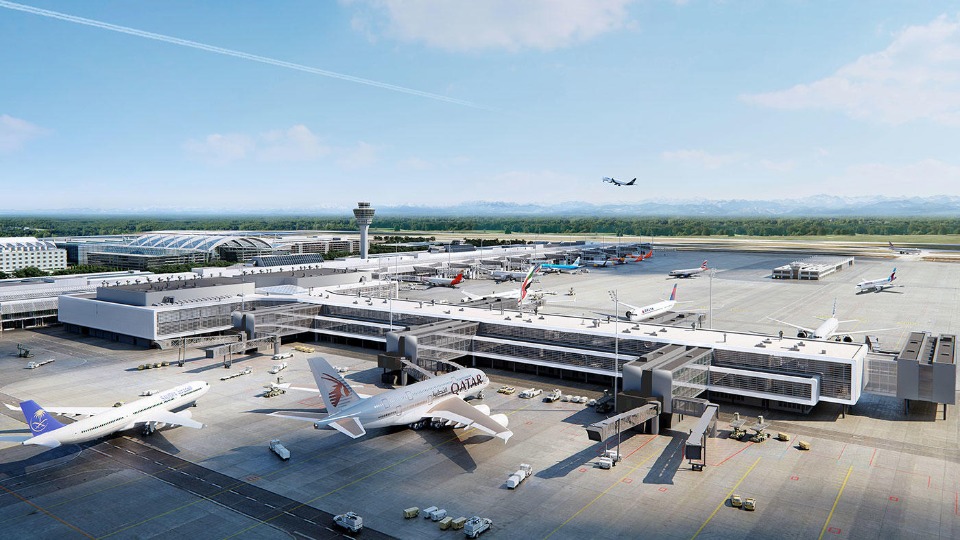
NASA Teams Up with Boeing to Test New Vortex Generators

NASA is joining Boeing's ecoDemonstrator program to test new vortex generators
The familiar thoughts that drive us towards Sustainable Aviation fuels and next-generation aircraft that are more efficient than their predecessors when it comes to aviation sustainability are the ones we hold dear. NASA researchers and industry experts have their own ideas, but they are focusing on metal alloys, which change the shape of molecules when exposed to certain temperatures.
How can twisted shapes help make aviation more sustainable?
NASA researchers pointed out that the metal doesn't bend or shrink to understand the twist. The twist of metal is only on the axis, according to hindsight. NASA and Boeing will be testing the theory together. Both parties will examine how torque from this specific twisting on an axis can lower, or raise, an aircraft part that isn't moving.
These tests will be performed on aircraft vortex generators (VG), which, as you might expect, are small flat metal pieces that protrude like fish fins from an aircraft wing. These tests have shown that the intended result of NASA & Boeing is that an aircraft's vortex generator (VG) can reduce drag, which will help to lower the airplane's environmental impact and save airlines money.
NASA began flight testing in October and continues to use the 2022 Boing ecoDemonstrator aircraft (a 777-200ER). NASA is not the only beneficiary of this partnership. The tests are also part of the Boeing EcoDemonostrator program, which aims to bring promising technologies from the lab and test them in an operational environment.
What is it that makes VGs so special?
VGs are basically nothing. They have been widely used since the late 1950s on the Boeing 707s. From that time onwards, VGs were simple wedges attached to the aircraft's wing surfaces, disrupting the flow of air. Turbulence causes more airflow to stick to the wing and generates more lift.
The lift is essential for the short phases of flight such as take-off, climb, and approach. Ironically, however, once the aircraft reaches cruising altitude, the additional lift from the VGs becomes quite a drag. What if a shapeshifting alloy could be used for folding the VGs flat at cruising altitude? NASA's research focuses on reducing drag.
Are VGs able to shapeshift?
The truth is that NASA's research activity on Shape Memory Alloy Reconfigurable Tech Vortex Generators is not. It sounds complex, but the research involves only pairing shape memory alloys or shapeshifting alloys to be used alongside existing VGs. The research also included determining the best mix recipe to ensure that the alloys can change their shape within a certain temperature range.
The product must be able to work within certain spaces and generate sufficient torque to move the VGs. Othmane Benafan is a NASA materials research engineer.
"We've worked with Boeing on this idea from the start. Given some basics of the device’s geometry, the temperatures, etc., we designed the alloys to match those requirements. Boeing then tested the alloys and assembled the VG hardware, which was designed with the help of the German firm Deharde."
The hinge was then made from the shape memory alloy. The hinge attaches the other end to the hinge while one end of the alloy remains in place. The hinge attaches the other end of the alloy to the hinge. As the alloy twists, it causes the fin to lower and raise. The SMART VGs were first tested in 2019 on a flight. They stayed up during takeoff and climb, and then collapsed as the plane climbed through the colder air at 30,000ft.
The SMART VGs were extended when the aircraft landed. NASA and Boeing created two designs for the 2022 test. One design saw the SMART VG folding down as it did before. The second design included a heating element so that the SMART VG could move when commanded from within the cockpit.
This capability is very useful if an aircraft needs to fly out of a cold airport. Although flight tests with the Boeing ecoDemonstrator are progressing well, NASA and Boeing will not declare victory until they have reviewed all of their data and compared their results to their pre-test predictions.
Source: simpleflying.com








